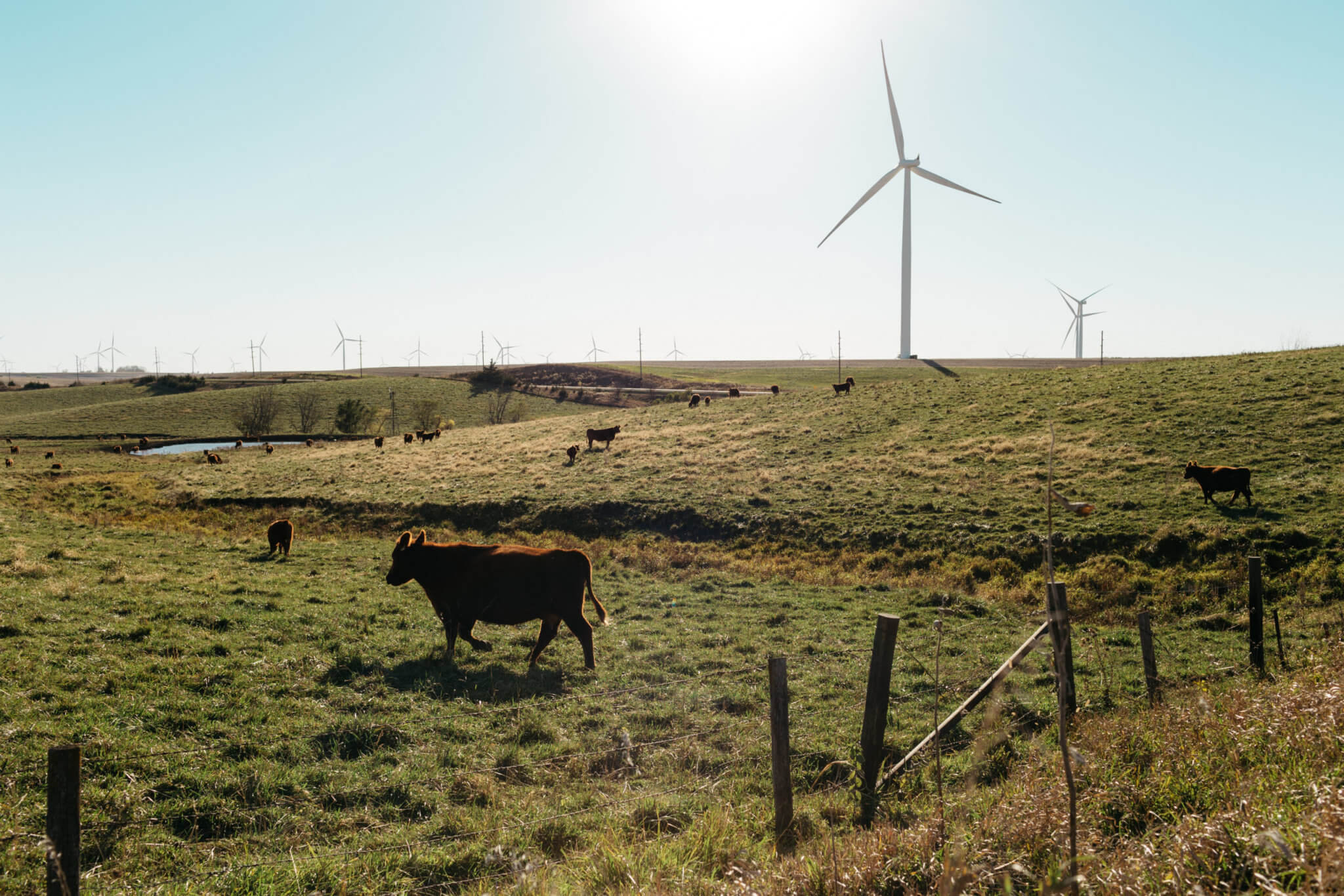Duke harnesses technology to improve bat conservation
Climate change remains a tremendous threat to many species of wildlife and their surrounding habitats. As a leading climate solution that already reduces 42 million cars’ worth of CO2 emissions every year, wind energy can play a big role in helping species thrive. Aside from the role wind energy can play in reducing carbon emissions, the wind energy industry continues to work with government agencies, environmental groups and technology developers to provide conservation benefits to species and habitats.
To that end, recent results from new technology testing at Duke Energy Renewables’ Los Vientos wind sites in Texas offers promising findings as wind seeks to successfully coexist with bats. Working with NRG Systems, Duke has deployed deterrent devices that produce high frequency sounds around the turbine blades that are thought to block bats’ echolocation abilities and causes them to avoid areas around wind turbines. I recently had the opportunity to sit down with Tim Hayes, environmental development director for Duke’s commercial renewable sites, and Sara Weaver, who lead research on the new technology as part of her doctorate at Texas State University. The success of this new technology is a perfect example of the progress that can be achieved when the industry, academics, the conservation community, and state agencies work together to find solutions.
The need for the technology first arose in the Rio Grande Valley in Texas, where Duke’s Los Vientos Wind Projects are located. As part of typical pre-construction planning, before building the first of five Los Vientos Wind project phases near Brownsville, Duke conducted bat habitat surveys and consulted with Texas Parks and Wildlife Department and U.S. Fish and Wildlife Service. All agreed that there was nothing that would indicate a high population of bats in the area, but after the project began operating, bat impacts turned out to be higher than anticipated.
Bats are vital to ecosystems for many reasons, primarily due to their role as insect control, pollinators and seed dispersers. One study found that insect consumption by bats reduces the pesticide spending of the U.S. agriculture industry by about $22.9 billion per year. Hayes noted how important conserving bats is for the local farmers, saying “Rio Grande Valley is a rich area in agricultural production, local farmers rely on those bats for pest control services and we just want to do our part to minimize our impact.”
Through Bat Conservation International (BCI), Duke connected with Sara Weaver, who was working on her doctorate at Texas State University and looking for a wind site to research how bats interact with turbines. With the support of the Texas Parks and Wildlife Department, Texas State and BCI, she partnered with Duke over the next two years to conduct a study using NRG Systems’ new bat deterrent technology at the Los Vientos wind sites.
Each device is made up of six speakers and is about the same size and weight as a small laptop. Five of these units are mounted in various locations on each turbine’s nacelle and broadcasts a high frequency sound around the turbine, tuned to mirror the unique echolocation frequency of the bat species local to the area. Researchers believe the system works by preventing bats from hearing their own echolocation, making it difficult for them to hunt or socialize and causing them to leave the immediate area for more conducive spaces. The system was inspired in part by a natural defense of the tiger moth, which emits its own sound to block bat echolocation.
The results of the study were largely successful, reducing bat fatalities over 54 percent for the Brazilian free-tailed bat and almost 80 percent for the Hoary bat. The latter species is a species of conservation concern that is found throughout the United States.
Hayes, who has been with Duke for over three decades and began his career at a coal power plant, hopes this study will prompt others to follow in the company’s footsteps.
“It’s our responsibility to operate our projects and have the least amount of impact as possible….we hope to set an example minimizing our impact,” he commented.
He also notes that the bat deterrent systems allow for more energy efficiency. The alternative method to reduce bat fatalities would require shutting down the turbines at night when certain conditions are met (curtailment) and generating less power. “In power generation it’s all about energy yield, you want to squeeze every electron out of your facility that you can.” And allowing turbines to generate their maximum amount of electricity and avoiding curtailment also means more zero-carbon power, and therefore greater climate benefits.
Weaver commends Duke for taking on this project and making conservation a priority within their company. “Duke has been an absolutely amazing partner to work with. They are leaders….in the wind industry with conservation.”
The company has committed to phasing in the bat deterrent systems on three of its Los Vientos projects. Duke is currently in the second year of installations, and by the end 255 turbines will be outfitted with the technology.
Though the first study yielded good results, Weaver says there is still more work to be done. She hopes to study different ways to increase effectiveness with more species to inform better system designs as turbine rotors grow bigger to produce more energy.
“We’re going to continue working on this because it can always get better. We’re hopeful we’ll have even better results in the future”, she said.




